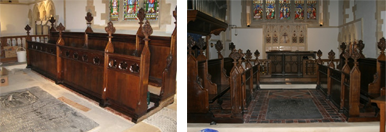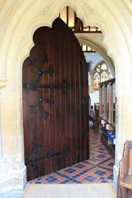Re-ordering reveals Victorian splendour - with a 17th century centrepiece
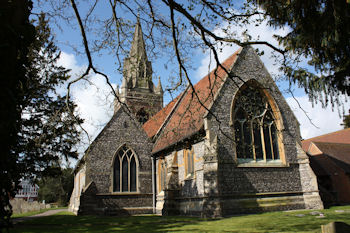 When the Victorian middle class spread into the suburbs and villages they built an impressive number of churches, many of which have been celebrating their 150th anniversary.
When the Victorian middle class spread into the suburbs and villages they built an impressive number of churches, many of which have been celebrating their 150th anniversary.
St Michael's at Tilehurst, in Reading, was one of these, having been remodelled and enlarged by George Edmund Street in 1855.
By 2005 the church had accumulated a number of internal additions and was looking tired and cluttered. Working with their architect, Andrew Plumridge, the PCC set out on an ambitious programme to clean and restore the interior and return it as far as possible to Street's original. The first phase was undertaken in 2007 by Boshers of Cholsey in Oxfordshire, but the two main stages have recently been completed by J G Restorations of Swindon.
After taking out the pews and loose fittings, work began on cleaning the whole of the interior. Even though the church is well maintained, the amount of dust that was removed was surprising, as were the lengths of redundant pipes and wiring from behind the wall plates. The contractor then set about washing and wax-polishing the roof trusses, many of which required up to eight coats before a satisfactory finish could be achieved. They now have a finish that resembles the furniture at ground level.
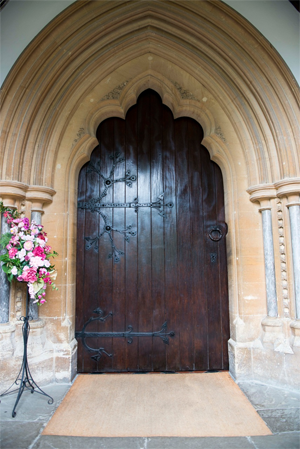 As part of the new lighting scheme, 16 tungsten lamps were removed and replaced with 170 low-energy halogen lights, providing the option of creating different scenes according to the stage and type of service. It required just over three kilometres of cabling to connect them, all of which is hidden so that not a single cable can be seen.
As part of the new lighting scheme, 16 tungsten lamps were removed and replaced with 170 low-energy halogen lights, providing the option of creating different scenes according to the stage and type of service. It required just over three kilometres of cabling to connect them, all of which is hidden so that not a single cable can be seen.
For the first time, the roof space has been illuminated by uplighters, allowing the polished trusses to be enjoyed as part of the church interior, instead of being lost in a dark patch above the congregation's heads. Individual features were picked out with target lighting, including the east window, the alabaster tomb of 17th-century Lord of the Manor Sir Peter Vanlore and a painting showing the Adoration of the Shepherds by artist Jane Masson.
Although the number of lamps has multiplied tenfold, the new scheme uses less power than the old one & and its lamps have a life expectancy of 10 years instead of two months.
Most of the alterations took place at ground level, including the restoration and completion of the marble reredos. Typical of its time, the altar was originally pushed against the east wall, negating the need for anything below. Having been moved so the celebrant can stand behind the altar and see his congregation, the simple plaster base became visible so was replaced by a new stone and marble extension to the decorative top. That work was expertly completed by Ramsbury Stonemasons.
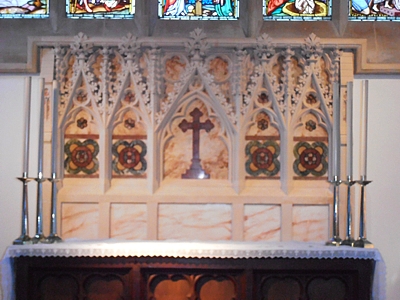 The cleaning continued at lower level, with all of the stonework rejuvenated and the stained glass gently washed using toothbrushes and soapy water. The result was better than anyone expected and does much to enhance the quality of the interior. Some window guards were also removed to enhance the brightness of the stained glass, some of which is by William Morris.
The cleaning continued at lower level, with all of the stonework rejuvenated and the stained glass gently washed using toothbrushes and soapy water. The result was better than anyone expected and does much to enhance the quality of the interior. Some window guards were also removed to enhance the brightness of the stained glass, some of which is by William Morris.
Major repairs were needed to the choir stalls after some of their structural frames had been cut to accommodate heating pipes. The work was completed by a local furniture restorer, MorrisenRestoration, who also adjusted the width and height of the seats so they were more comfortable for lady members of the choir. The same firm also re-polished the main church door.
During the re-tiling of the chancel floor, three ledger stones were uncovered, two of which had been damaged by earlier heating installations. The remaining stone was dated 1676 and covered the tomb of Henry Zinzano, son-in-law of Sir Peter Vanlore. It included a deep and beautiful carving and was worthy of revealing. Annoyingly, however, it was at the wrong level, off centre and the wrong way round, but within a period of 48 hours permission was given to lift and relocate it so the restored stone could be a feature in the new floor. It has proved to be a success, with visitors and relatives of the Zinzano family travelling from all quarters of the world to see it.
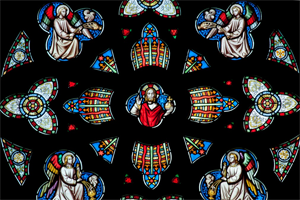 Among the other changes made was the formation of new stone steps leading to the lectern, new radiators, new floor grilles and the relocation of brass plaques. The organ canopy was also strengthened because it was collapsing under its own weight.
Among the other changes made was the formation of new stone steps leading to the lectern, new radiators, new floor grilles and the relocation of brass plaques. The organ canopy was also strengthened because it was collapsing under its own weight.
In total, the project has cost £387,000. It was revealed on Palm Sunday after a procession through the local streets and, not surprisingly, received a standing ovation from the much impressed congregation.
Work has now started on restoring the exterior of the church and is again being undertaken in phases by J G Restorations of Swindon.
For further information on the project and how you can help in the fundraising effort visit www.stmichaeltilehurst.org.uk.
More images courtesy of Tobi Corney - www.tcphoto.co.uk
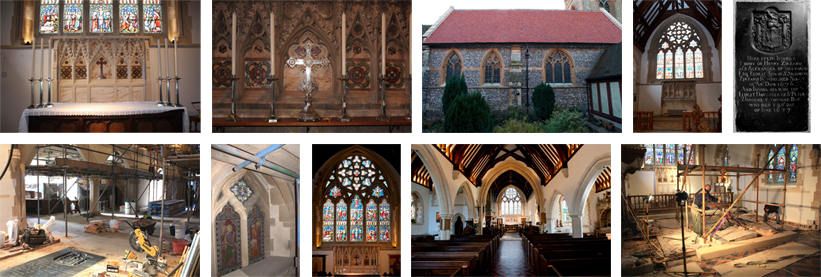
Furniture restoration was carried out by Morrisen Restoration - www.morrisenrestoration.co.uk
